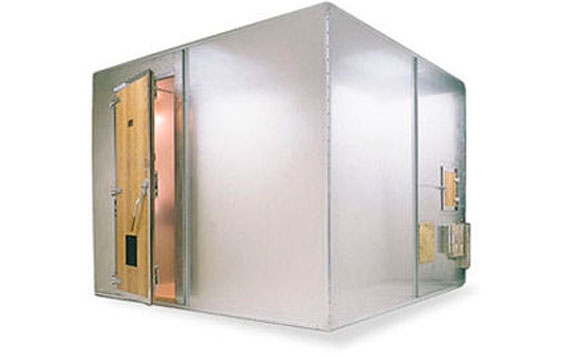An RF shielded test enclosure, sometimes called a shielded room, is a enclosed space designed to block electromagnetic interference (EMI) in and out of the enclosure. RF shielded test enclosures allow technicians and engineers to accurately test electronic devices for electromagnetic compatibility (EMC) by isolating the device under test (DUT) from external RF noise and interference.
Shielding Effectiveness
A key specification of any RF Shielded Test Enclosure is its shielding effectiveness which is a measure of how well it blocks electromagnetic waves. Shielding effectiveness is tested and measured in decibels (dB) with higher numbers indicating better shielding abilities. For EMC compliance testing, enclosures need to provide at least 80dB of attenuation from 10kHz to 1GHz to effectively block environmental noise. Top quality enclosures can achieve over 100dB of shielding from 30MHz to 1GHz which is essential for sensitive testing. The shielding is provided by a layered construction utilizing highly conductive materials like copper, aluminum and steel.
Faraday Cage Design
RF shielded test enclosures operate on Faraday cage principles where the conductive enclosure acts as a barrier to electric fields. The layered construction consists of an outer wall, an inner wall with an air gap between and sometimes additional shielding in the doors, windows or vents. This layering approach prevents electromagnetic fields from coupling onto or radiating off the enclosure surfaces. Proper grounding of all conductive layers is also critical for maximum shielding as it prevents charge buildup on enclosure surfaces.
Get More Insights on- RF Shielded Test Enclosure



